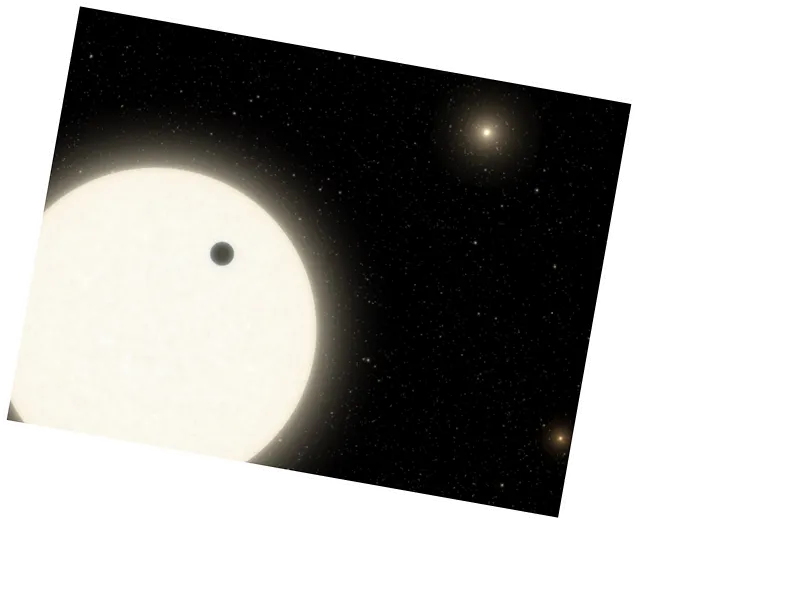Scientists Discover Unique Triple Star System TIC 290061484
In a groundbreaking discovery, astronomers have identified a unique triple star system named TIC 290061484. This system features two stars that orbit each other every 1.8 days, accompanied by a third star that orbits the pair in just 25 days. This remarkable finding was published in The Astrophysical Journal and marks a significant advancement in our understanding of stellar systems, breaking the previous record for the shortest outer orbital period set in 1956.
The Dynamics of TIC 290061484
Triple stars, like TIC 290061484, are a fascinating type of multiple star system where stars are gravitationally bound and orbit each other, similar to how planets orbit the sun. In this case, the more massive and hotter first star is positioned where our sun is, while the other two stars orbit at distances comparable to the planet Mercury's orbit. This configuration presents a rare opportunity for astronomers to study the interactions within such closely-knit systems.
How the Discovery Was Made
The discovery was made possible through a collaboration between amateur and professional astronomers. Utilizing machine learning algorithms, amateur astronomers analyzed vast datasets of starlight collected by the Transiting Exoplanet Survey Satellite (TESS). The algorithms identified TIC 290061484 as a promising candidate for a short-period star system, leading to further investigation in partnership with professional teams.
Light Flashes Reveal Stellar Interactions
The study of TIC 290061484 also involved observing flashes of light emitted by the stars. These flashes occur when one star passes in front of another, momentarily blocking its light and creating a dip in brightness. This phenomenon, akin to a small lamp obscuring a larger one, allows astronomers to infer the orbital patterns and characteristics of the stars in the system.
Future of the Triple Star System
While the current configurations of the stars in TIC 290061484 appear stable, this balance is expected to change over time. As the inner stars age, they will eventually swell and may merge, leading to a spectacular supernova event in approximately 20 to 40 million years. This discovery not only enhances our knowledge of triple star systems but also opens new avenues for research into stellar evolution and dynamics.





